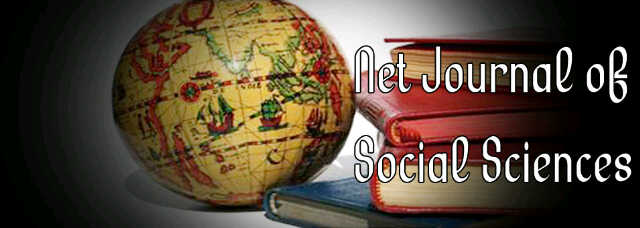Children as subjects of rights: Three waves of emancipation, from past and present cruelty to future creativity?
Jan CM WillemsNet Journal of Social Sciences
Published: March 7 2019
Volume 7, Issue 1
Pages 28-43
Abstract
Human rights are a universal language intended to end discrimination and violence, reduce human suffering and promote human development. The implementation of children’s rights may prove crucial for the success of the human rights project. We are beginning to understand why this may be so, due in large part to new approaches to the prevention of childhood trauma which may lead to a paradigm shift in children’s subject of rights status. The subject of rights status of children is still an international legal stipulation without substantive national implementation. Automatic parental authority over children at child birth – and its logical and factual corrolory: unprepared and not empowered or even disempowered parenthood – does not seem compatible with children’s subject of rights status. Two waves of emancipation, culminating in the near-universal ratification of the UN Convention on the Rights of the Child (CRC), have not changed this situation. A recent third wave, however, may trigger structural reforms in child protection. In this contribution, the three waves of children’s emancipation will be briefly indicated on the basis of the movements and pioneers that played or play a crucial role in them. The first wave of children’s emancipation from parental property status started with the first child protection organizations and laws at the turn of the nineteenth and twentieth centuries. The first movement that has tried, and is still trying, to mitigate adult privileges that perpetuate transgenerational transmission of trauma, is the so-called Child Abuse and Neglect Prevention movement. The second wave consists of several advancements in children’s social and legal status that, by and large, began after the adoption of the CRC in 1989, culminating in a fastly growing number of states adopting legal bans on corporal punishment in family law at the turn of the twentieth and twenty first centuries. The CRC’s monitoring treaty body, the Committee on the Rights of the Child, the Council of Europe, and child rights NGOs and national child rights coalitions together form what may be called a Child Participation movement. The Committee on the Rights of the Child, the Council of Europe and especially one NGO, the Global Initiative to End All Corporal Punishment of Children, launched in Geneva in 2001, are also part of another movement which may be labeled the Hitting Ban movement. A third wave started recently, independently of the CRC and child rights NGOs, in the US. It is spreading around the globe on the basis of the 1998 Adverse Childhood Experiences Study (ACE Study). The ACE Study led to a new science, ACEs science, and a new movement, the ACEs science movement or ACEs movement. These are exciting times, especially in relation to the ACEs movement which may very well trigger structural reforms in the century-old field of child protection. This could happen if the ACEs movement leads to trauma-informed child rights research and advocacy – which in turn would influence and even change the human rights project, as our understanding grows of the historical roots and pervasiveness of prejudice, discrimination and violence against children.
Keywords: Children’s rights, parental rights, prepared parenthood, corporal punishment, child participation, human development, trauma-informed policies.
Full Text PDF
